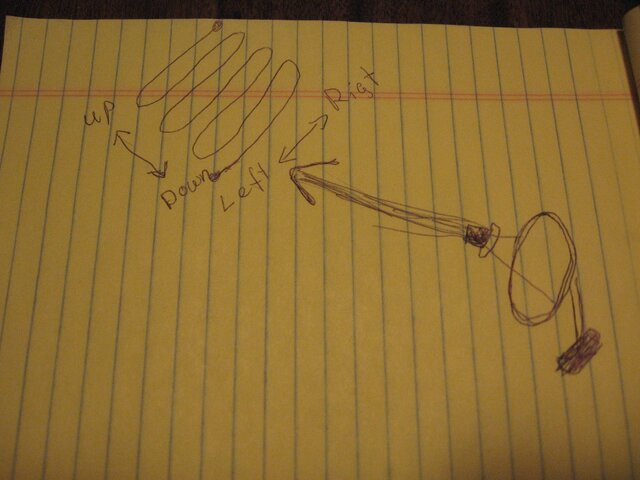I was just thinking maybe it's good or more cost effective if I just buy the best dish once. In this case the biggest, which I thought to be 1.2 m (4 ft). But now 1.2 turned out to be not the biggest as 6 ft will be much better.
Maybe I asked too much and have yet to decide so that now I'm a bit uncertain.
I guess let me back checking those in Kijiji and spend money as low as possible. Once I'm more comfortable I can then do another project or experiment with bigger dish and/or different type of LNBF.
I recommend to anyone that is starting with c-band that they use 8 foot or bigger, because for many folks the 6 footer is somewhat limited in receiving signals, depending on location and the satellites you are aiming to.
When reading threads here you will find out that a lot of folks getting rid of their 1 year old rusty 6 footers.
Did you ever go to lyngsat to see what would suit you better.....KU or C ?
KU is listed at lyngsat as a 5 digit transponder number while C band is listed as a 4 digit transponder #.
First when I got into FTA I started out with KU using a big dishnetwork dish that they left behind and an $15 linear LNBF of ebay that is still aimed at 97w. No motor. I just wanted to see if the FTA really works, but it took awhile to aim that dishnetwork dish( I would not recommend a dishnetwork dish for an beginner, get a 36 inch or bigger). A simple setup for an beginner to learn the FTA thing.
Then I switched to C-band. The dish was a free 7 1/2 foot dish. I invested $260 for the whole setup/upgrade, receiver, LNBF, Dish mover, concrete and other hardware etc etc.
1/2 year later I upgraded to a 10 footer.
Now I am pushing to get a bigger KU dish with an motor.


